CEED 2011 Question paper with answer key pdf conducted in 2011 is available for download. The exam was successfully organized by IIT Bombay. In terms of difficulty level, CEED 2011 was of Moderate level. The question paper comprised a total of 49 questions.
CEED 2011 Question Paper with Solutions PDF
| CEED 2011 Question Paper with Solutions PDF | Check Solutions |
Q 1.1: The drawing below shows a cube made of two identical pieces. Draw one of these pieces in 3 dimensions.

View Solution
The cube is made of two identical pieces, and one of these pieces can be
visualized as a 3D L-shaped block. Below is a drawing representing one of these pieces:

Quick Tip: When visualizing or constructing a 3D L-shaped block (like in your cube puzzle), break it down into simpler 2D components. First, consider how the L-shape would look in two dimensions, then imagine how it folds or connects in 3D. This method can help with understanding how the pieces fit together and can guide you in assembling or disassembling the cube.
Below are 5 images of televisions that belong to different time periods, placed in a random order. Write down the correct sequence of the televisions according to the time period, from present to past, in the box provided below.

View Solution
Correct Sequence:
1. B (Present)
2. E
3. D
4. A
5. C(Past) Quick Tip: B (Present): Modern flat-screen television. E: Older CRT (Cathode Ray Tube) TV, still in use before flat-screens became popular. D: CRT TV, an earlier model with a more boxy design. A: Very early model of a TV, possibly a black-and-white screen with basic technology. C (Past): A more retro or antique TV, showing an older design with bulky shape and likely no remote control.
Below are 5 images of cars that belong to different time periods, placed in a random order. Write down the correct sequence of the cars according to the time period, from present to past, in the box provided below.

View Solution
Correct Sequence:1. E (Present)
2. C
3. B
4. D
5. A (Past) Quick Tip: When identifying the chronological order of cars, observe the evolution of design elements such as body shape, technology, headlights, and wheel design. Modern cars tend to have more aerodynamic shapes, digital interfaces, advanced safety features, and more eco-friendly engines. Older models might have distinct classic styles and simpler mechanical features. Pay attention to these visual and technical cues to identify the correct time period.
Below is a line. Visualize and Illustrate 4 different forms by making use of the line.
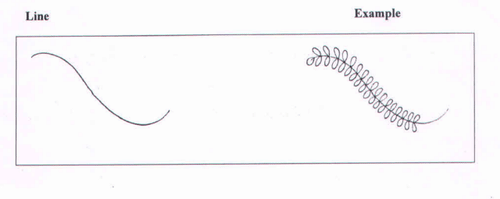
View Solution

Quick Tip: Line Weight: Use a thicker, darker line for the primary line and the outlines of the surrounding designs. Use lighter, thinner lines for internal details, patterns, and to suggest volume. Shading/Hatching: Use hatching (parallel lines), cross-hatching, or stippling (dots) to fill areas and define forms. The more densely packed the marks are, the darker the area will appear, creating a sense of three-dimensionality, like on the gears or the leaves. Pressure: Experiment with the pressure of your pencil. Light pressure for soft, airy elements (like the watercolor-style splash) and firm pressure for sharp, mechanical, or graphic elements (like the geometric patterns).
In the following sentence, there are some letters that do not match the main letter font (Times New Roman). Identify and circle the 8 odd fonts that do not belong to the letter font Times New Roman.
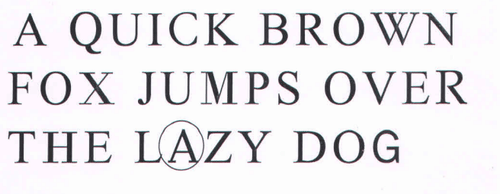
View Solution

Quick Tip: To spot odd fonts, look for letters that have a different style, thickness, or slant compared to the others. Pay close attention to characters that stand out or seem slightly off in shape, especially in familiar fonts like Times New Roman.
A tetrahedron is shown below made out of paper and 4 tessellations of the same. One of the 4 tessellations is wrong. Tick the wrong one.
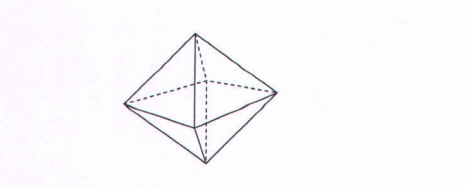
View Solution
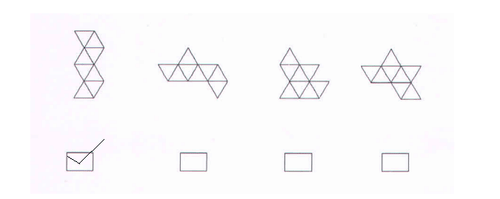
Quick Tip: When checking a net for a tetrahedron, ensure one triangle is surrounded by the other three — this allows the triangles to fold up and meet at the vertices.
Given below are two images of the same car. Use a minimum of two colours in each car to depict the following two expressions:
View Solution
Masculine:
Feminine:

Quick Tip: 1. For the Masculine Design (Black and Orange/Red-Orange): Tip: If you want to increase the intensity and "pop" of the design, consider replacing the current accent color with a high-contrast, vivid color like bright electric blue or lime green to modernize the classic black body. 2. For the Feminine Design (Pink and White/Light Pink): Tip: To give the design more depth and richness, switch the accent color from a light shade to a deep, contrasting jewel tone like burgundy or a dark teal while keeping the main body pink.
Illustrate in perspective, a composition of an Open Book and a Table Lamp, with the light switched on, placed on a flat surface.
Instructions:
The drawing must be done freehand using only black pencils.
Do not use any drawing instruments (like ruler, compass, etc.) or colour pencils.
View Solution
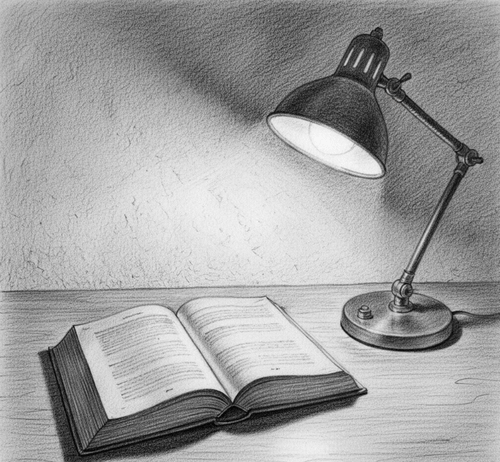
Quick Tip: To add more visual depth and convey a stronger sense of late-night atmosphere, slightly deepen the darkest shadow areas (like the interior of the lamp shade and the shadow cast by the book's spine). Then, use a soft eraser or white pencil to slightly brighten the white page edges and the immediate highlight where the light strikes the desk, increasing the contrast between light and shadow (chiaroscuro).
Below is an image of a typical Bus Stop in India.

Instructions:
Identify five unique problems from the point of view of bus stop users (e.g., passengers, pedestrians, elderly).
For each problem:
(a) Write a brief description of the problem.
(b) Illustrate your solution with a neat sketch in the space provided.
Identification of each unique problem
Appropriateness and clarity of your solutions
View Solution
Problem 1:
Sketch / Solution:
Problem: Lack of Clear Seating Arrangement and Comfort Conceptual Solution:
Individual, molded seats with backrests, vertical dividers, and armrests

Problem 2:
Sketch / Solution:
Problem: Pedestrian Obstruction and Unsafe Walking Space
Conceptual Solution: Recessed or cantilevered shelter with vertical bench seating,
maximizing clear floor space.

Problem 3:
Sketch / Solution:
Problem: Absence of Real-Time Information and Route Clarity
Conceptual Solution: Dedicated display panel with real-time arrival estimates and a static
route map.

Problem 4:
Sketch / Solution:
Problem: Poor Illumination and Night-time Security Conceptual
Solution: Integrated LED strip lighting in the roof and solar-powered, motion-sensor lighting
on the rear wall.
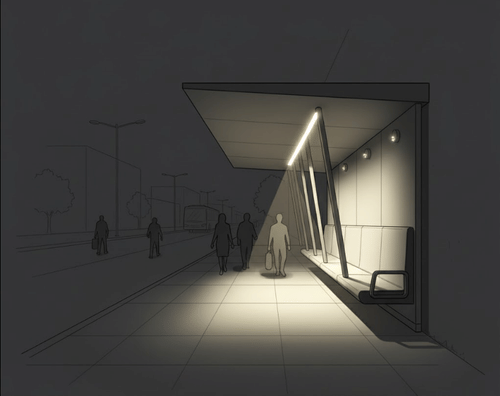
Problem 5:
Sketch / Solution:
Problem: Limited Weather Protection (Rain and Sun) Conceptual
Solution: Extended roof overhang and partial, slanted louvers/translucent panels on the side
walls.

Quick Tip: When observing the image, don't just focus on the structure. Also, analyze how the human element interacts with the physical environment. Look for issues related to crowding, access, safety (both traffic and personal), and comfort to ensure your five identified problems are truly unique and user-centric (i.e., not just structural flaws, but user experience flaws).
(b) Generate at least three concepts through pencil sketches based on the above factors. Present these sketches below. Add brief notes if necessary.
View Solution
Concept 1: Flip Phone with Dedicated SOS Button
• Big tactile keypad with backlight.
• Large emergency button on the outer shell.
• Secondary screen shows time and incoming call.
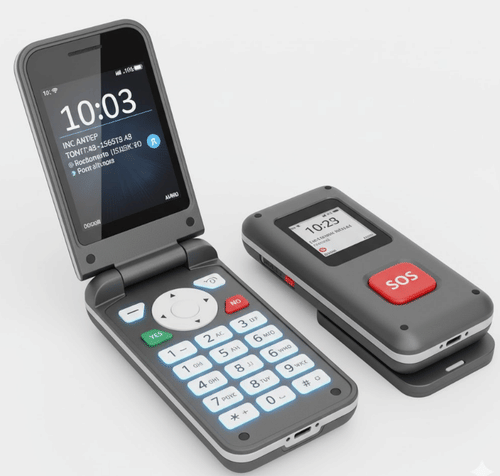
Concept 2: Bar Phone with Voice Assistant
• Simple bar-shaped form.
• One-touch voice command button.
• Loudspeakers placed on top for better clarity.

Concept 3: Touchscreen + Physical Key Hybrid
• Half-screen for video call / text.
• Half with large number pad and shortcuts.
• Visual icons + text labels for every action.

Final Sketch with Interface Design:
Quick Tip: When designing for the elderly, always prioritize: Visibility:Use large fonts and high contrast screens for easy reading. Accessibility: Keep the interface simple with minimal steps. Tactility: Use physical buttons with feedback instead of full touchscreens.Audibility: Ensure loud and clear speakers with adjustable volume. Safety: Include emergency buttons and easy access to help. Consider both physical (ergonomic) and emotional (comfort, familiarity) needs!
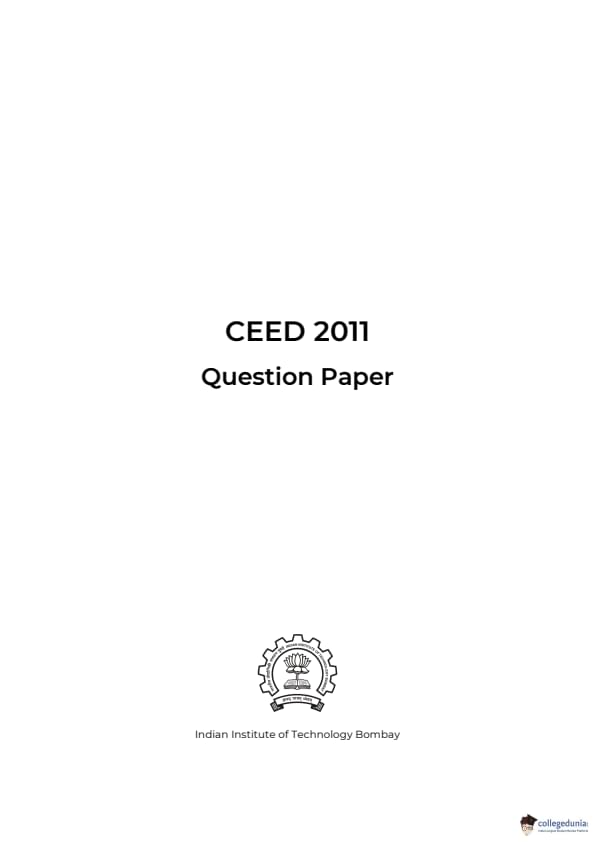
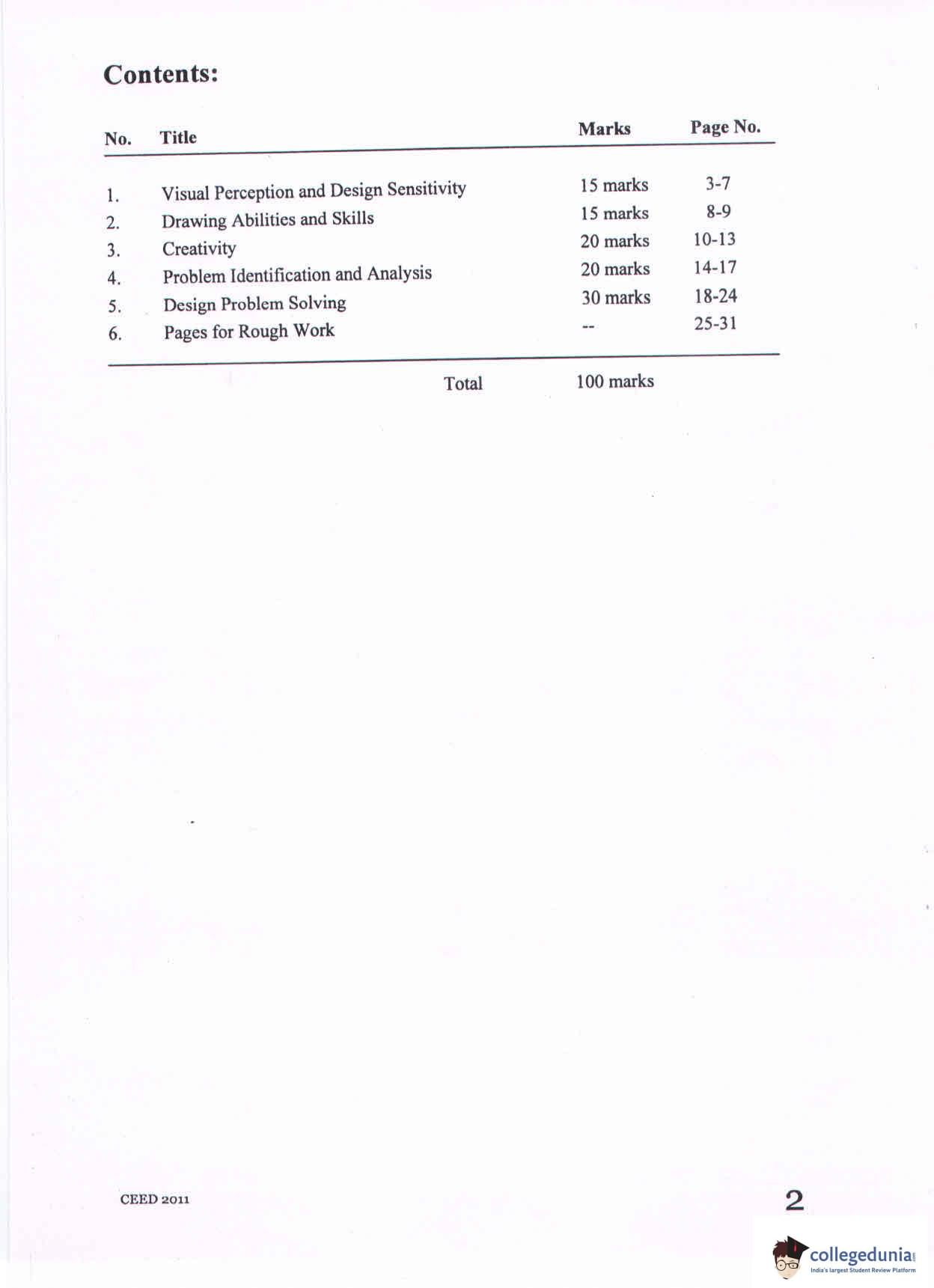

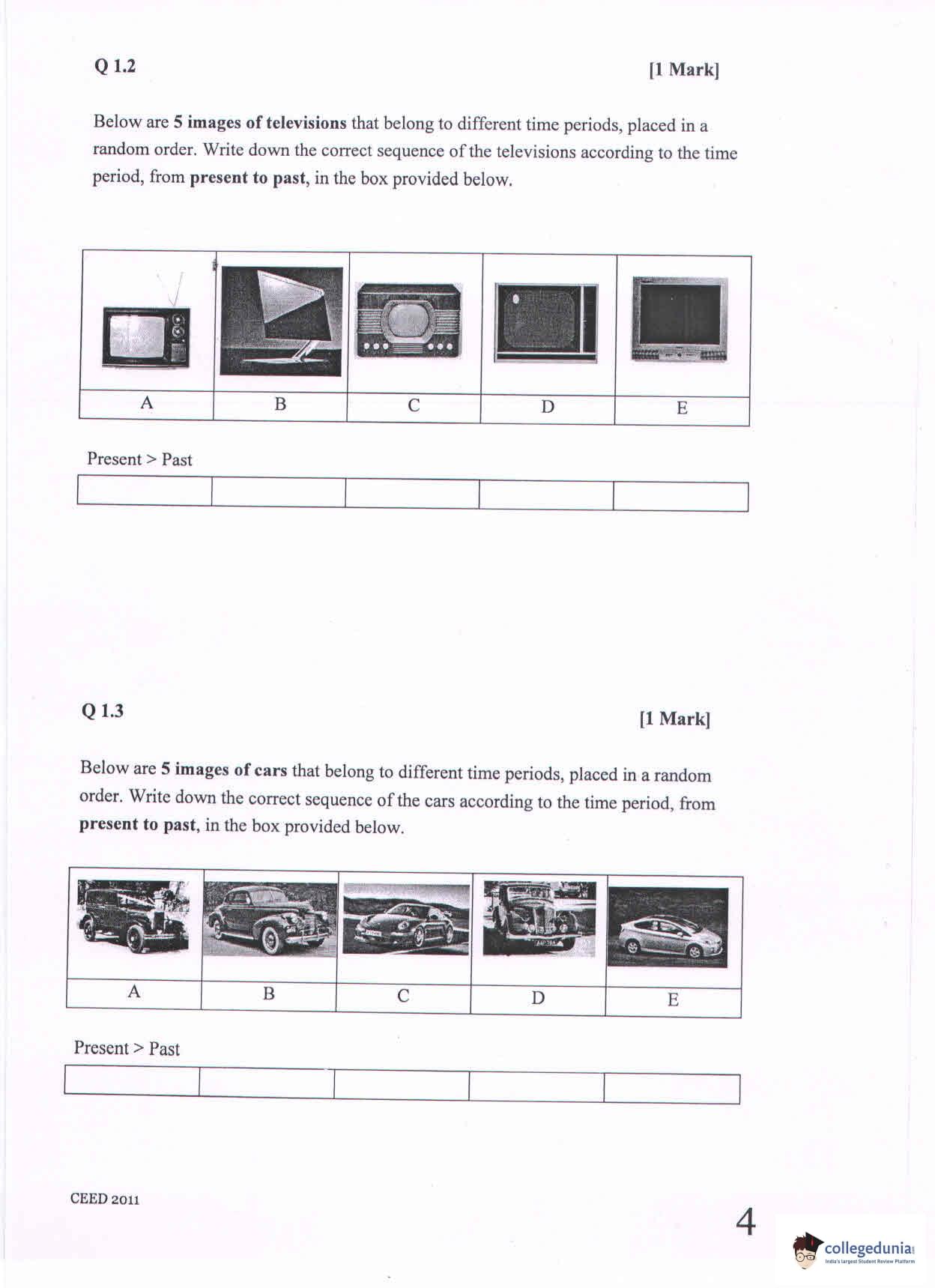
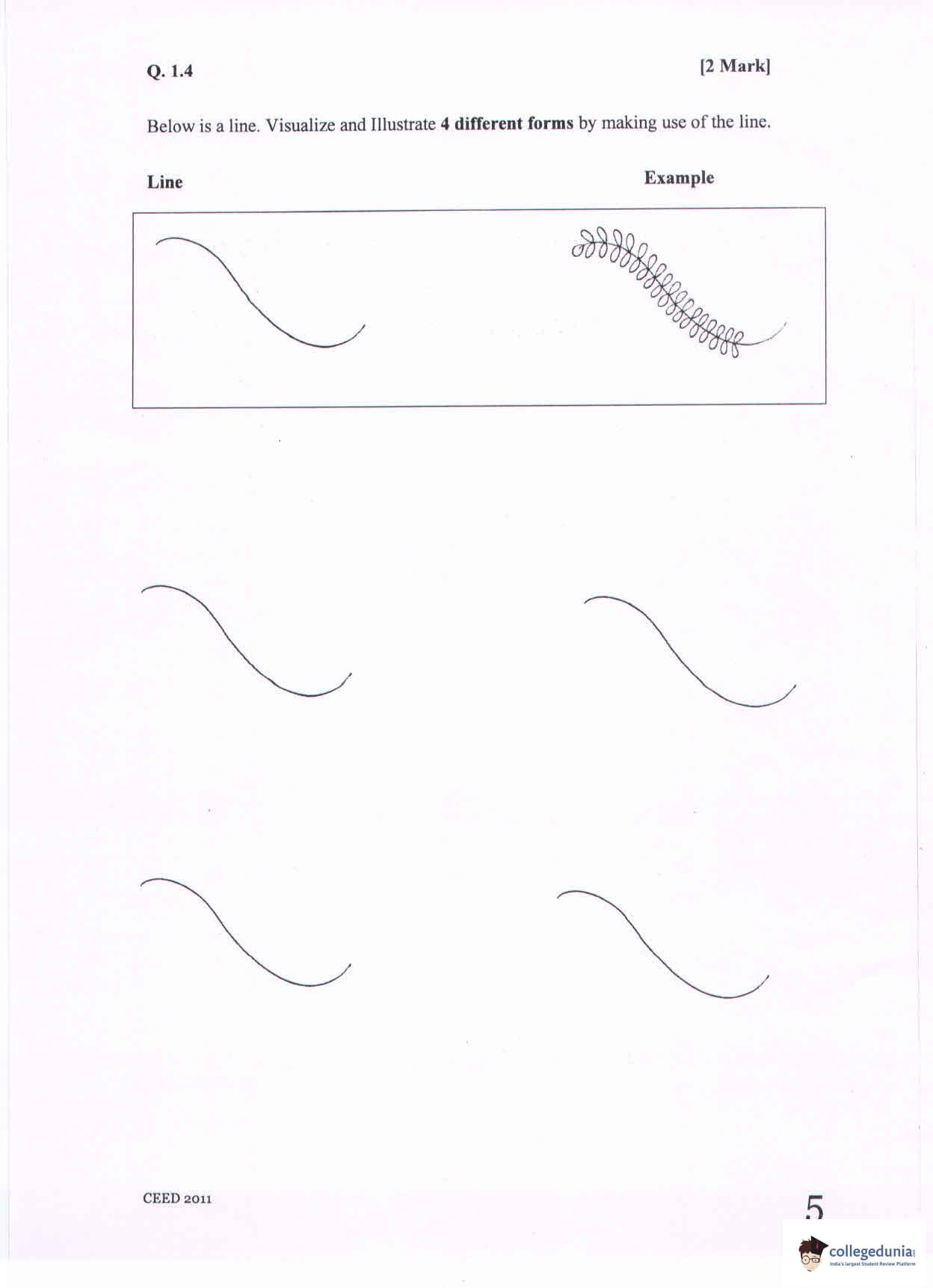
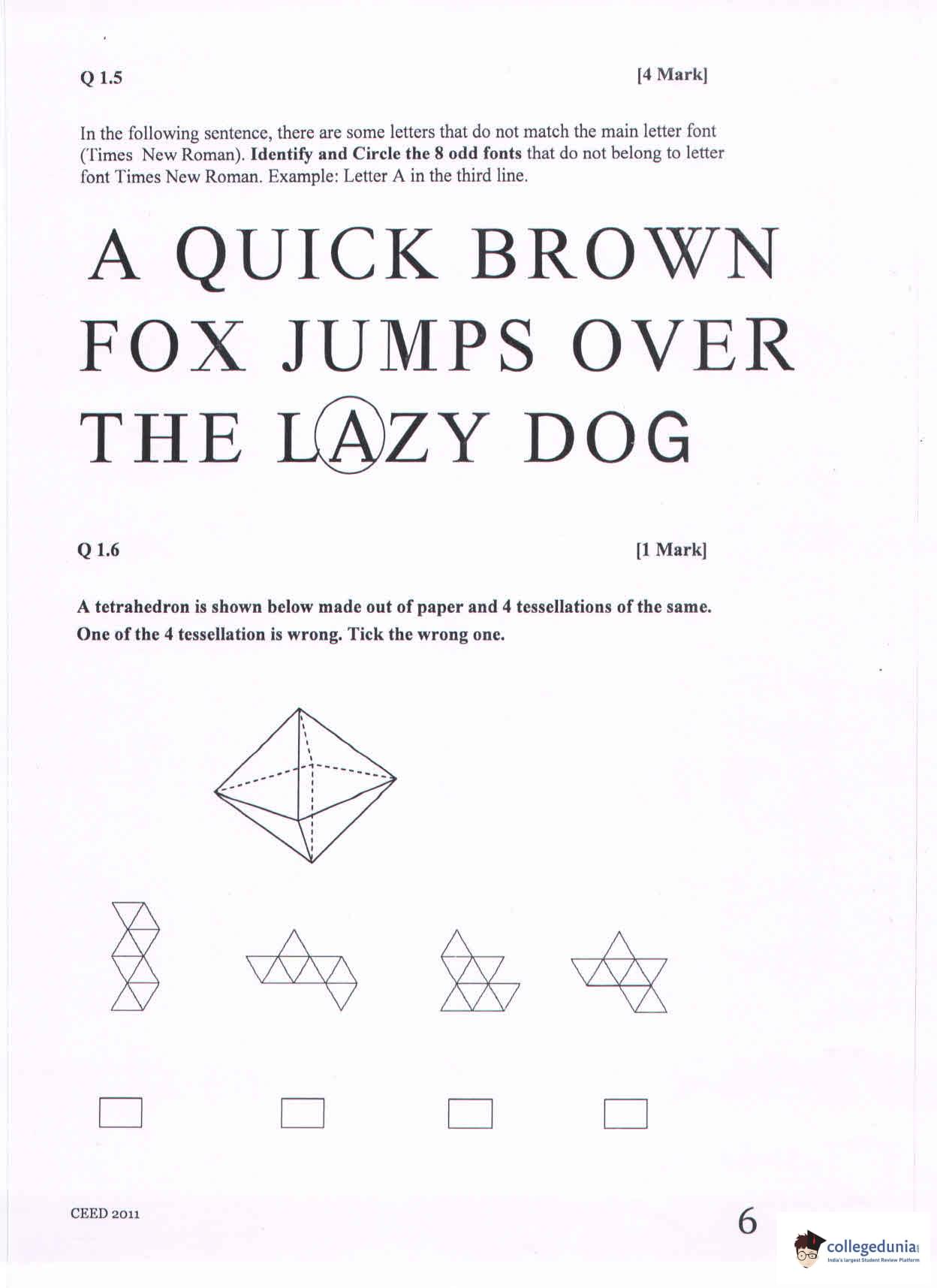
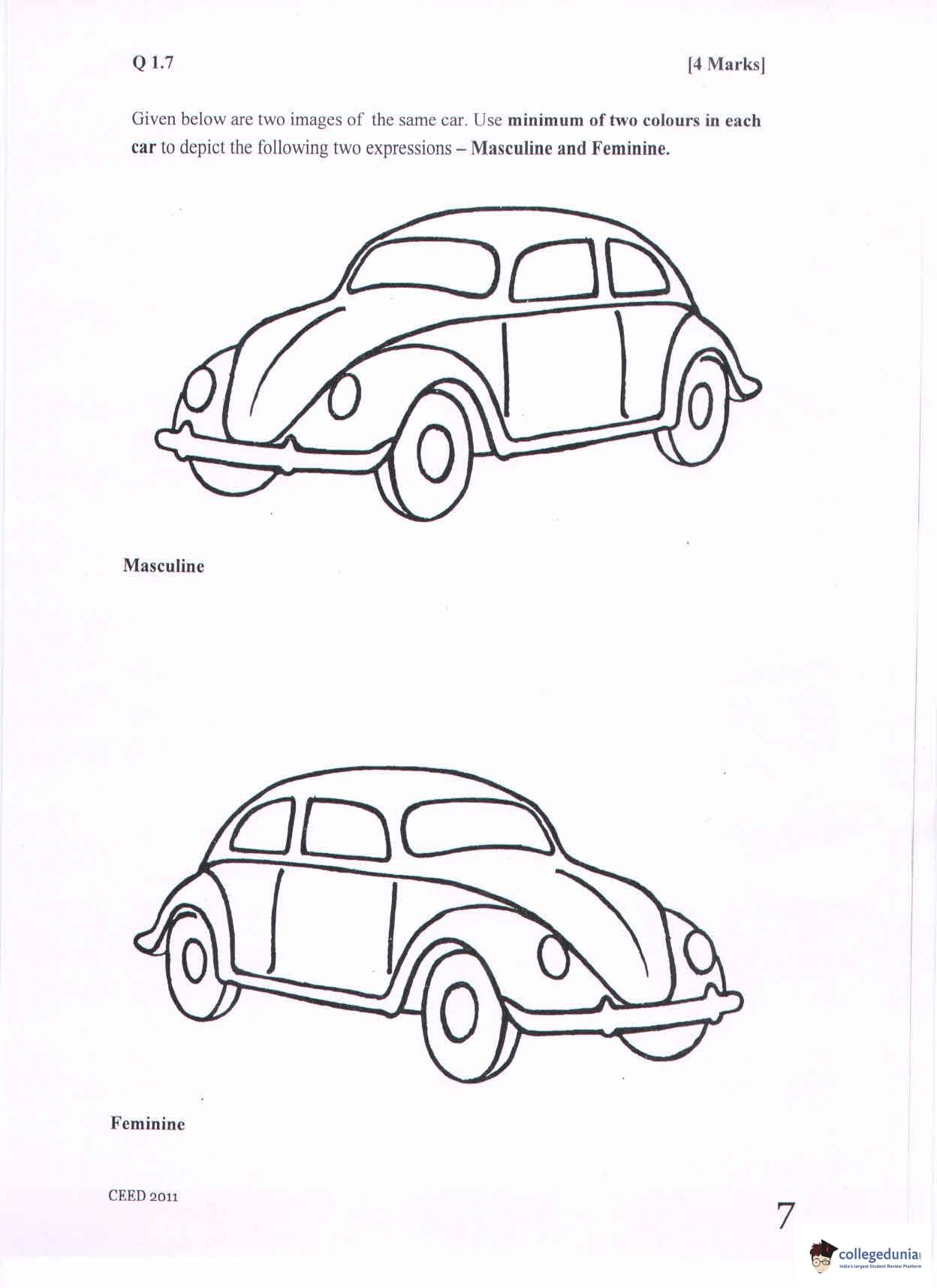
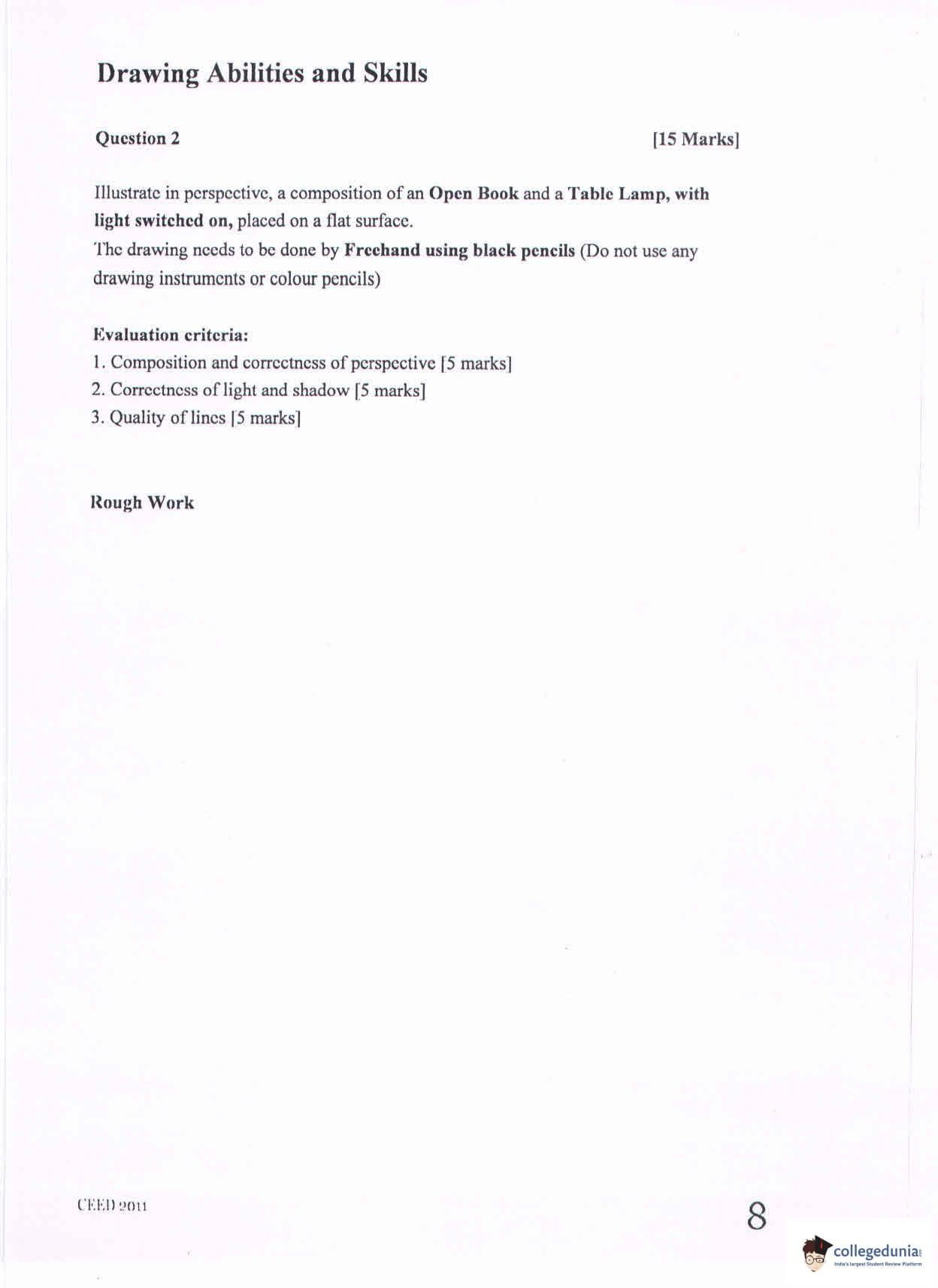

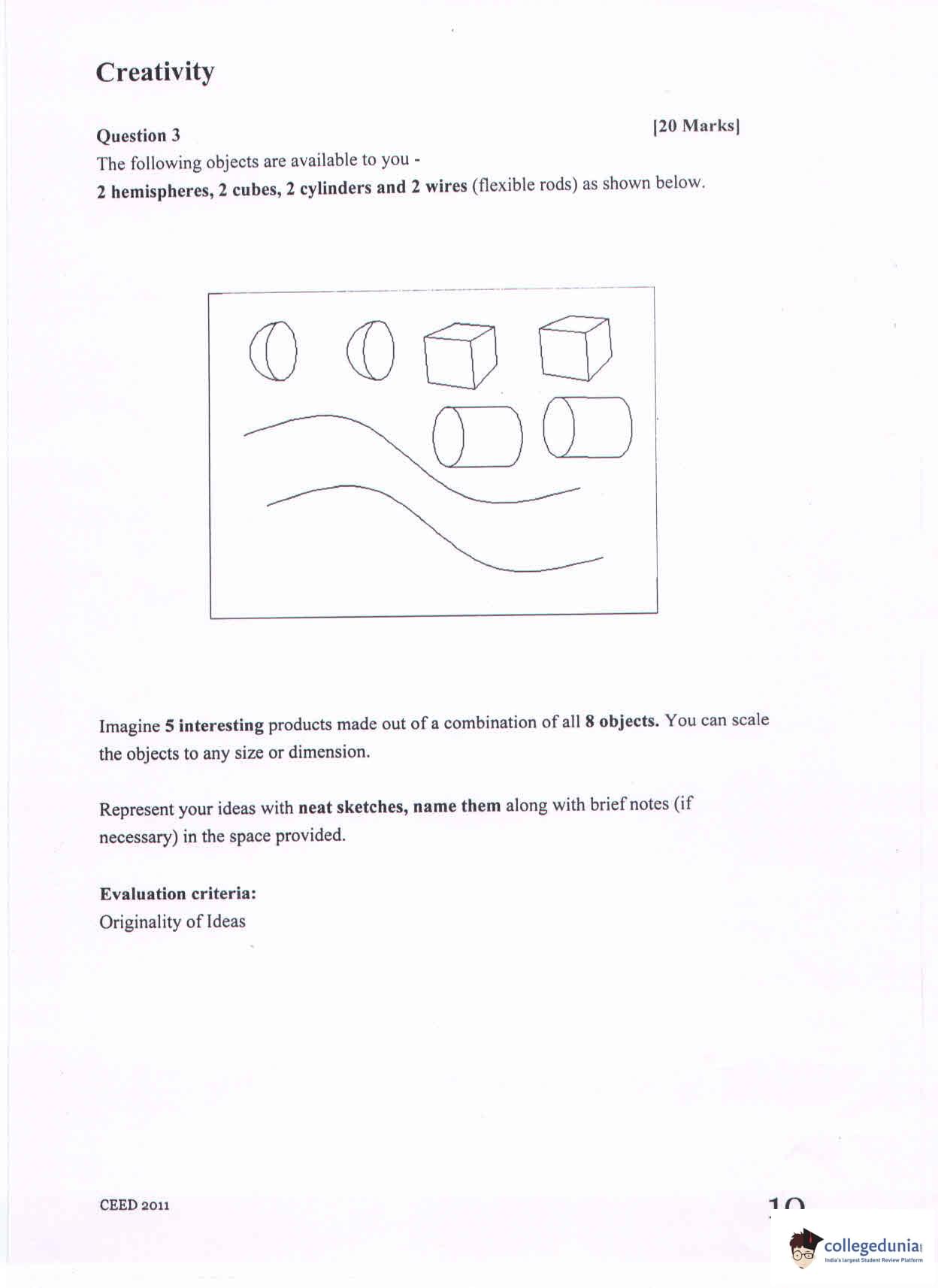
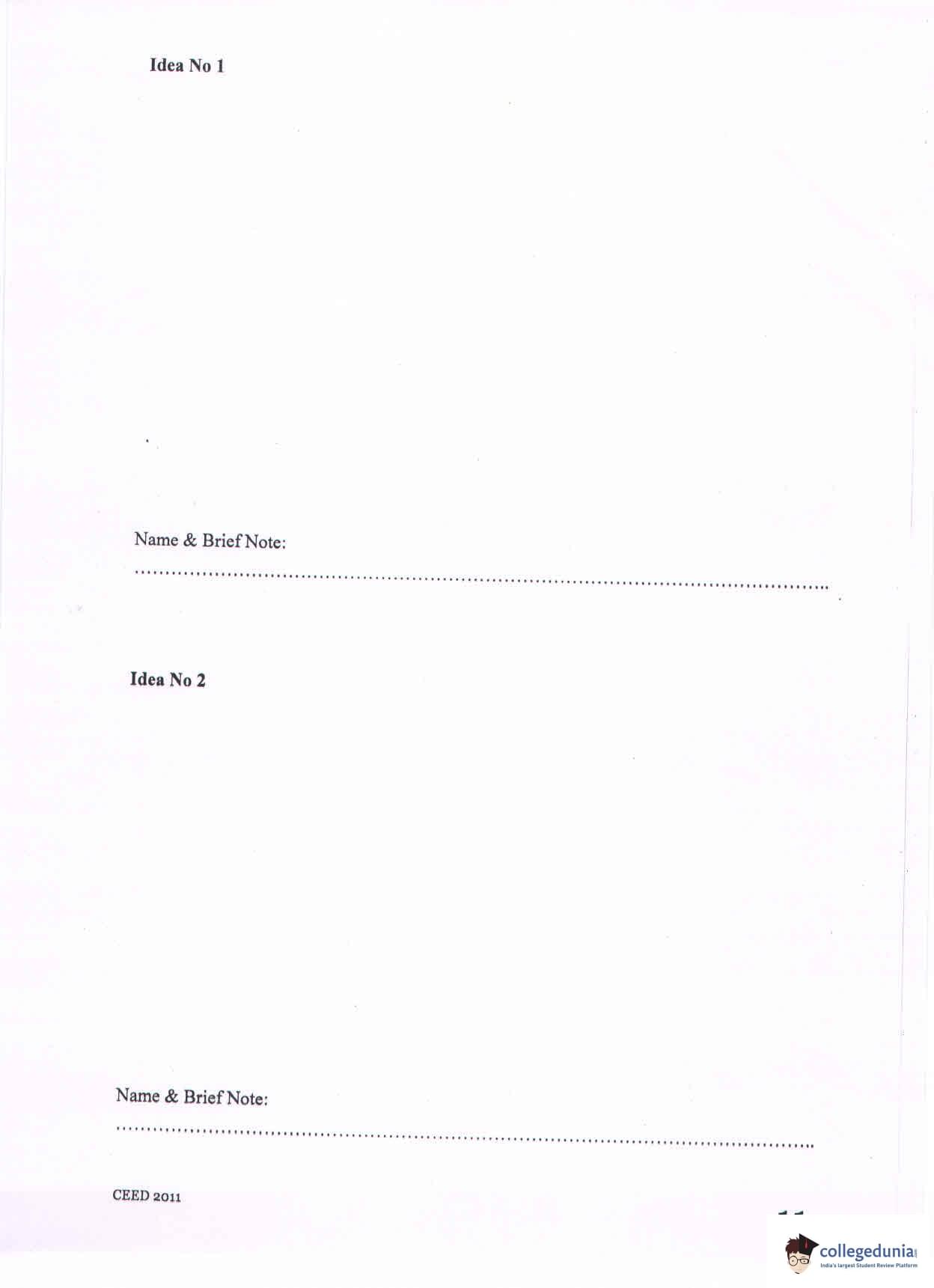
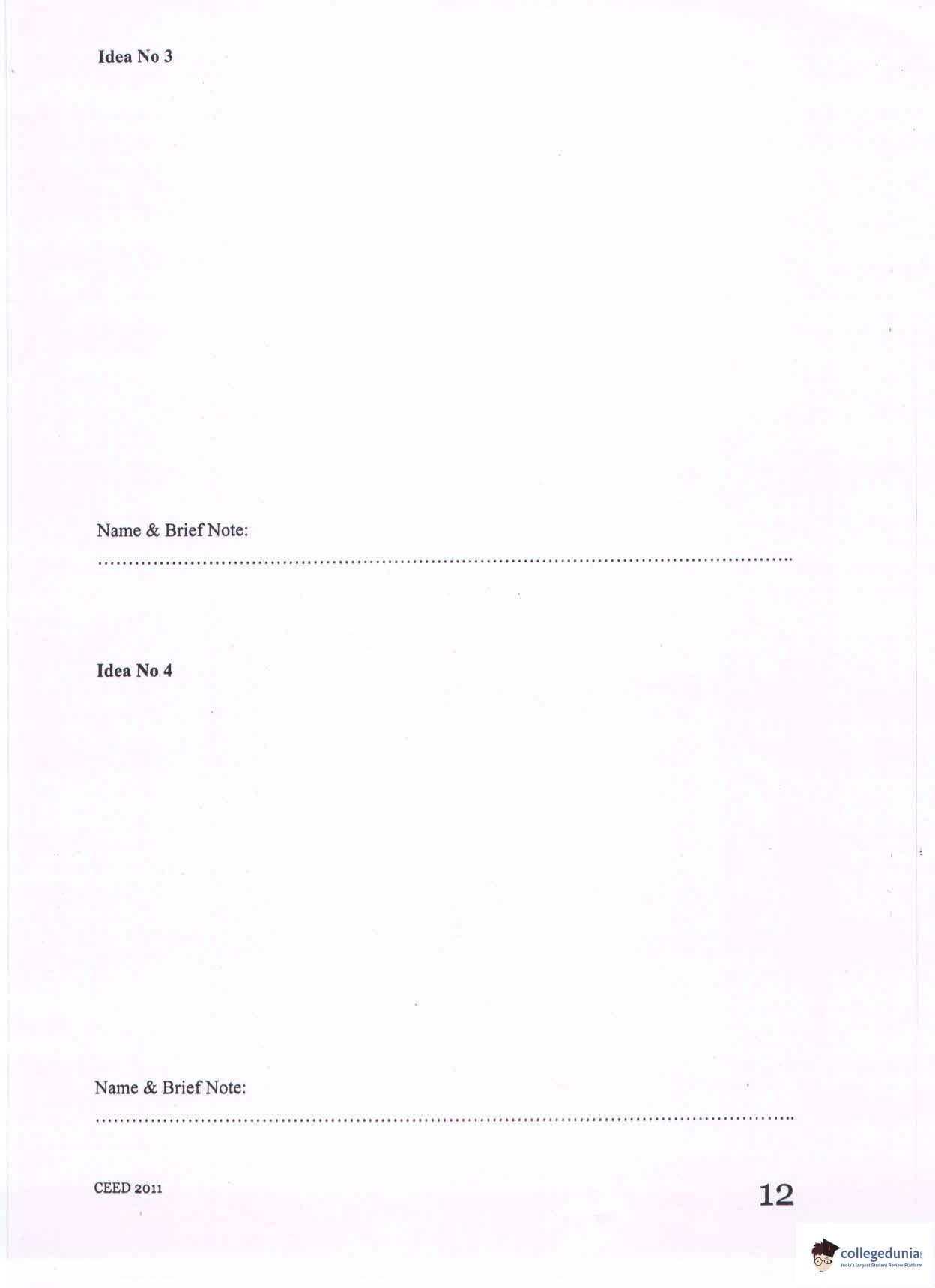

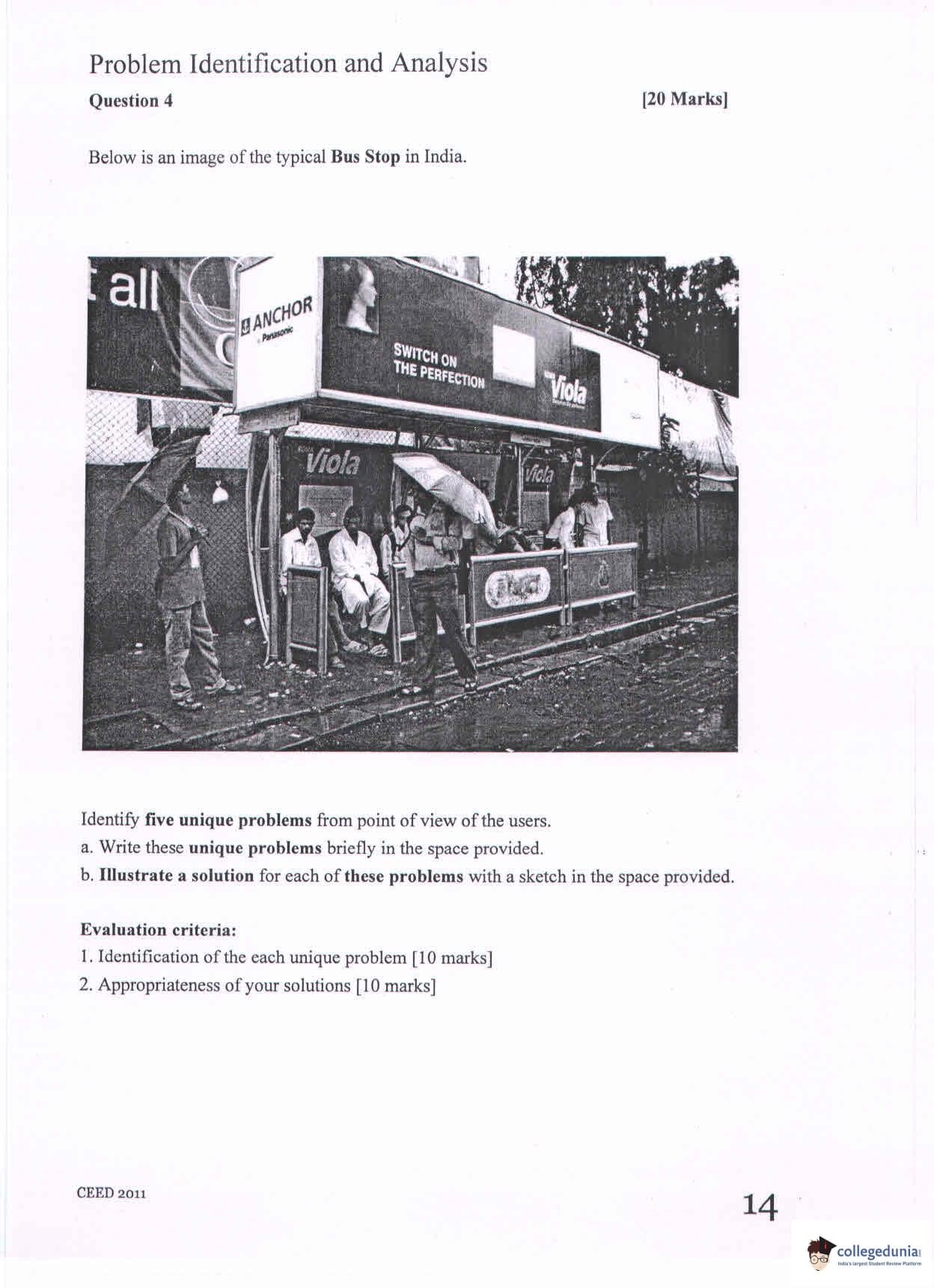
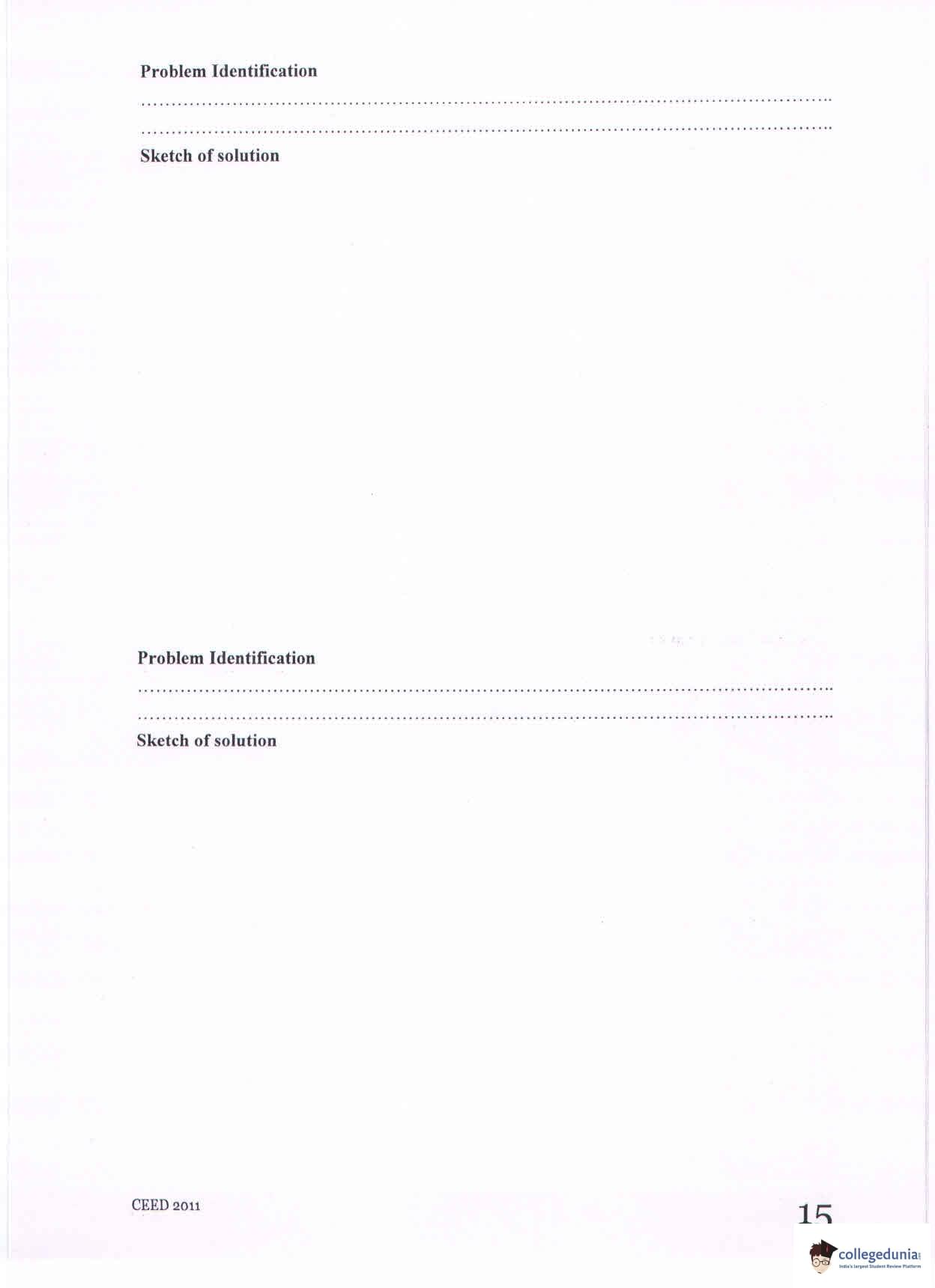


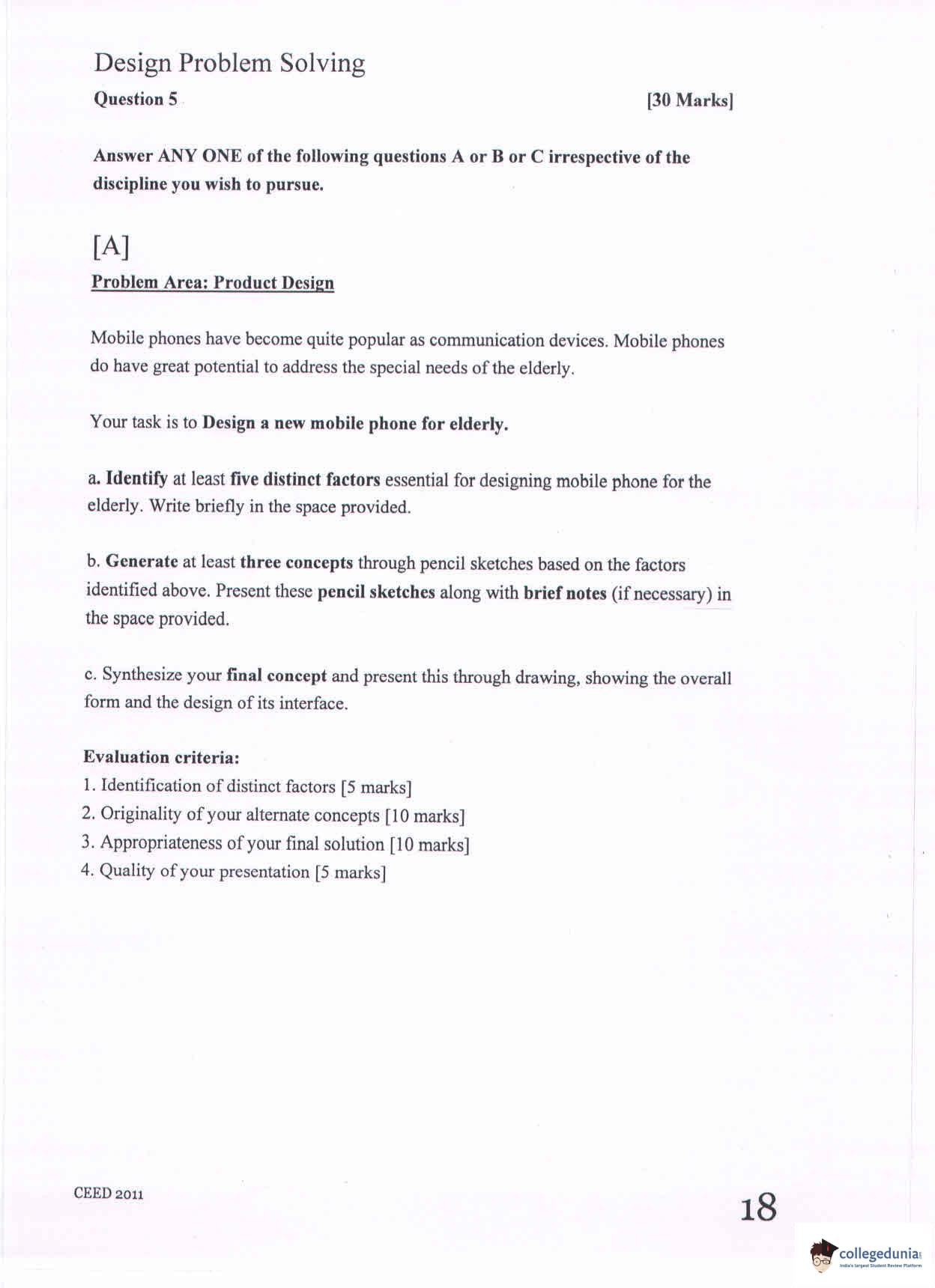

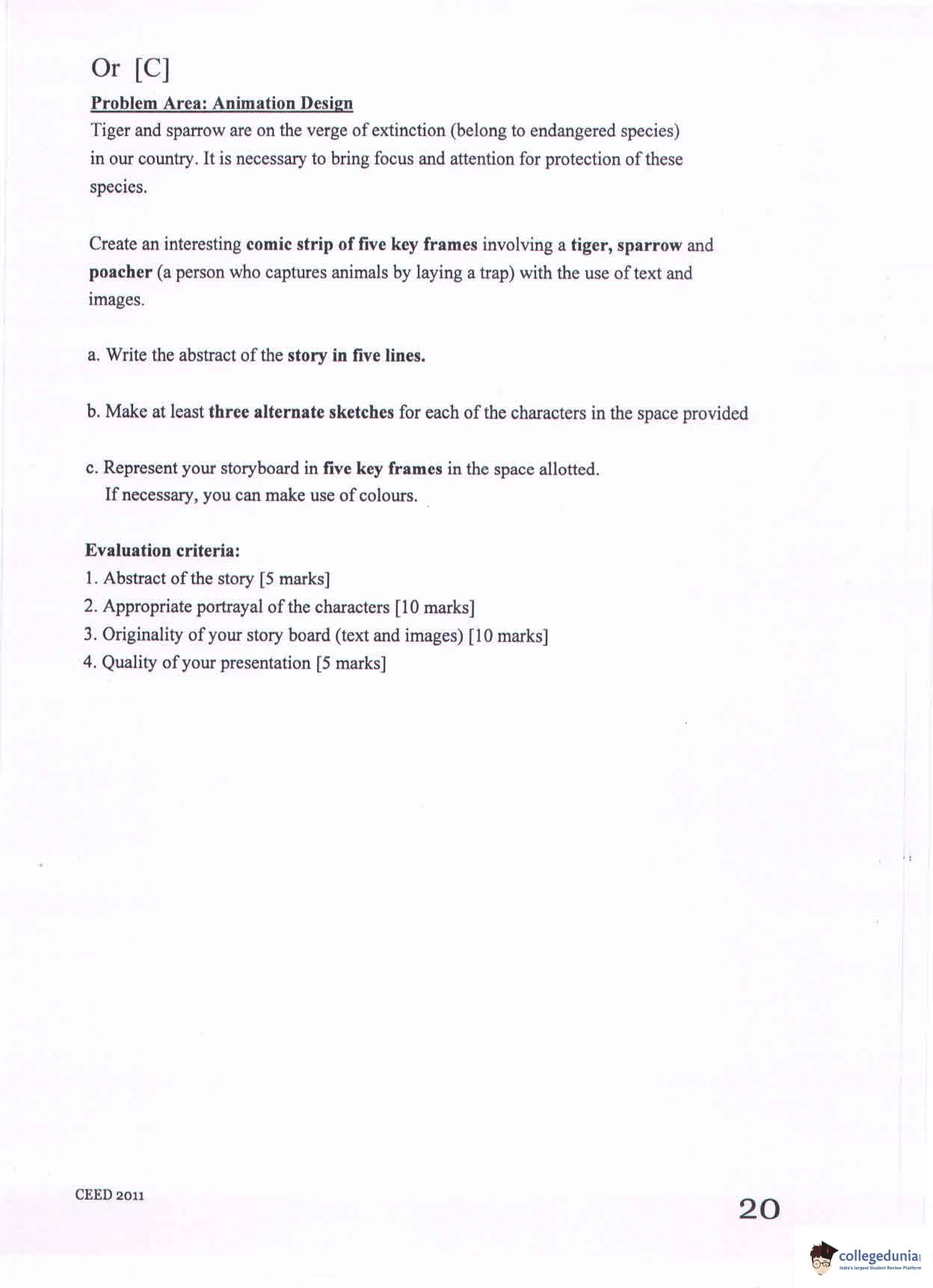


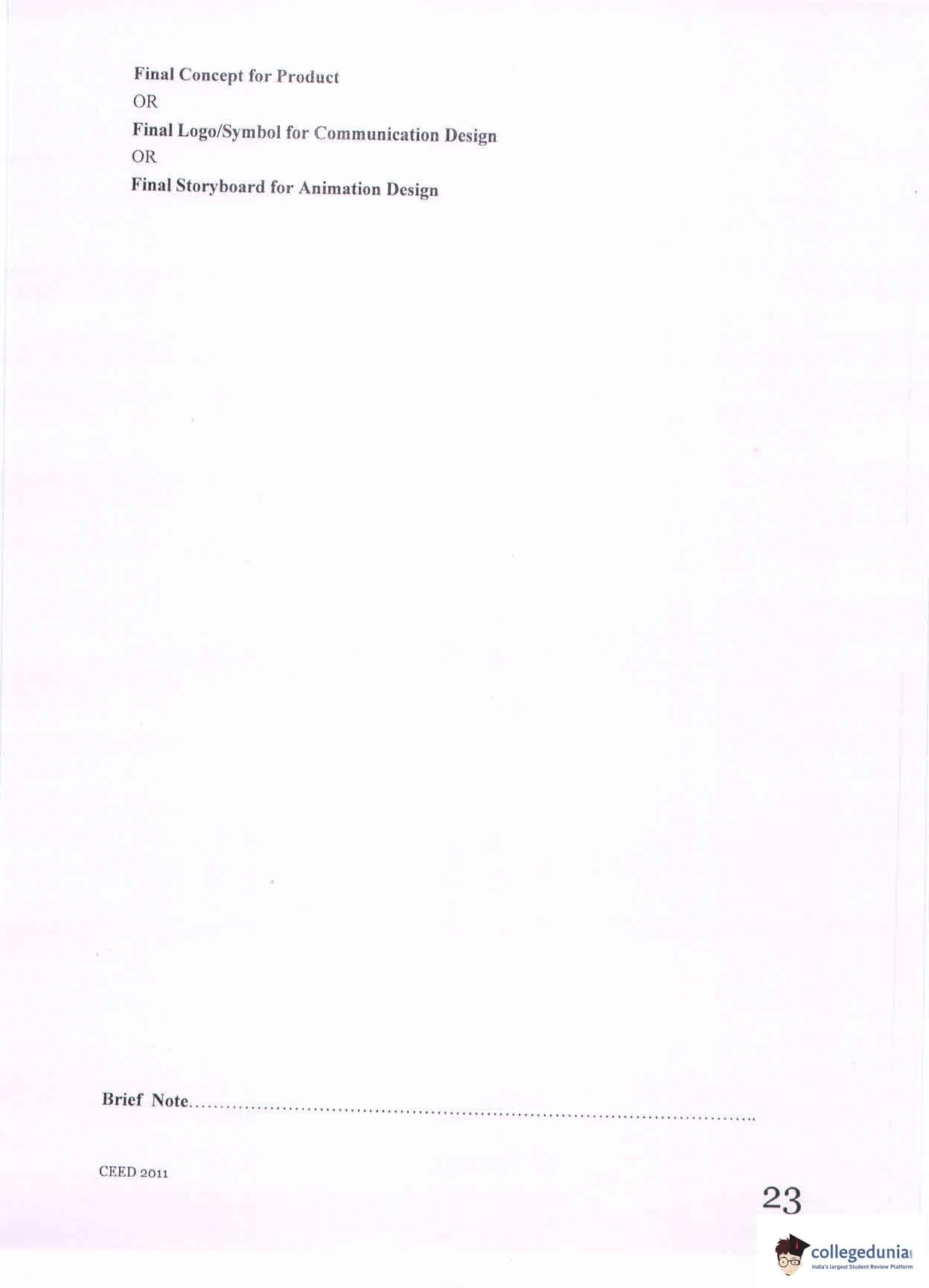




Comments